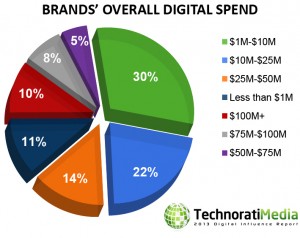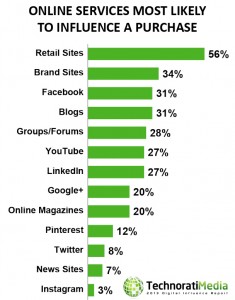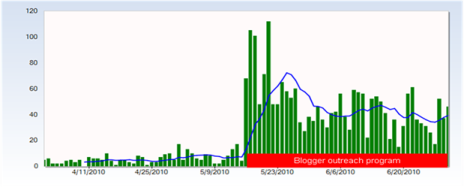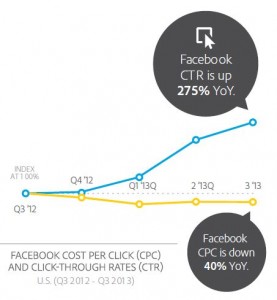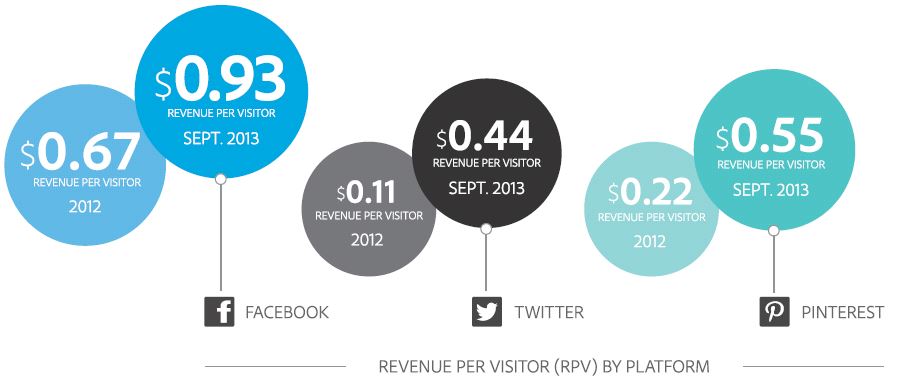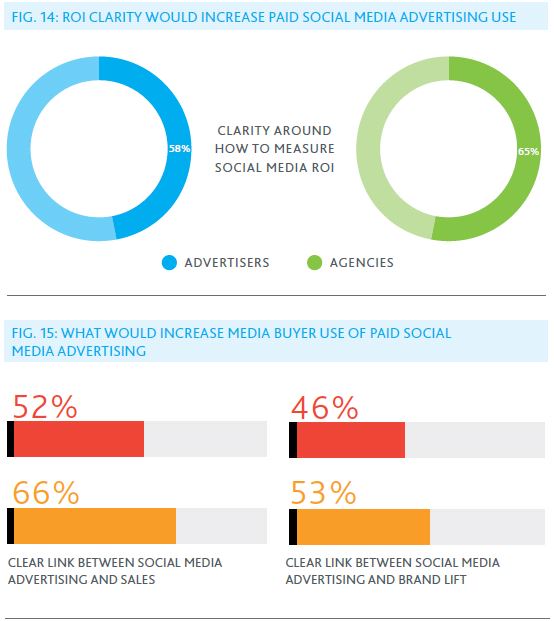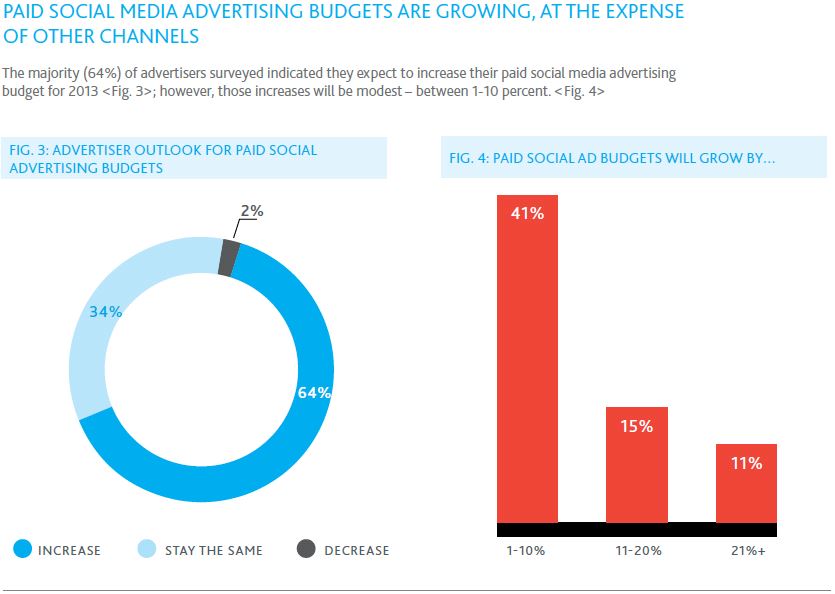Through my research for this blog I have discovered several different methods to measure Social Media success. Some try to draw a direct link to sales volumes, while others try to measure web traffic levels and link them back to company objectives. What I have learned from my research is that there is no shortfall of people trying to find the best way to measure success in this relatively new forum. There is an endless supply of “10 Ways to Measure Social Marketing” type articles that come up after a quick Google search. While this can be helpful as eMarketers try to find the metrics that work best for their business, it can also result in companies using the wrong metrics to measure their marketing investments. With so many options, it can also be easy for eMarketers to pick the metrics that make them look the best to the company’s executives for personal gain!
So what are the metrics that should be used for Social Media campaigns? I wish I had an answer to this question. In fact, I wish anybody had an answer! In my search for the answer, I found that Don Bartholomew (SVP Digital and Social Media Research at Ketchum Inc.) summed it up best in his personal blog posting a few months ago. I couldn’t agree more with his opening statement, in which he states the following:
“We are at a crossroads in social media measurement. Expectations for rigorous and relevant measurement have risen more quickly than delivery. Too many are fixated on quantitative outputs – speeds and feeds – at the expense of understanding the outcomes achieved by social media marketing and social business. There is still too much emphasis on vanity metrics and not enough on business results.“
Bartholomew goes on to list some of the key steps required to truly have useful Social Media metrics, and the most intriguing one is the requirement to have a standard set of measurements and definitions across industries. This would create a system whereby campaigns can be measured against each other, and misleading metrics can be abandoned completely. To my surprise, there is already an international and cross-industry organization setup to reach this goal! Smmstandards.org bills itself as “A Cross-Industry Effort to Simplify and Unify the Measurement of Social Media”. This organization met in 2011 and set out the following set of priorities for which standardized measurements should be created:
- Content and Sourcing
- Reach and Impressions
- Engagement and Conversation
- Influence
- Opinion & Advocacy
- Impact & Value
Impact & Value is of most interest to me, as this is where the valuation of programs from a financial perspective would fall in. I believe that a standardized measurement system will go a long way in validating the benefits of Social Media marketing, and will push the medium further as eMarketers increase presence there. Smmstandards.org has already made some progress in this regard, and I look forward to monitoring the evolution of their value metrics as Social Media space becomes more and more popular.

